Name: Pyotr Ilyich Tchaikovsky
Born: 7 May 1840
Died: 6 November 1893
Nationality: Russian
Genre: Romantic
Famous Works:
- Romeo and Juliet
Premiered 1870 (Major themes come in at about 6:00, 7:58 - The 1812 Overture
— which he wrote on commission and didn’t really like very much. He said of the piece that is “very loud and noisy, but [without] artistic merit, because I wrote it without warmth and without love”. Premiered 1882 - The Nutcracker
— premiered in 1892, this two-act ballet based on “The Nutcracker and the Mouse King” was commissioned The two-act ballet is based on the book “The Nutcracker and the Mouse King”, by Marius Petipa a choreographer at the Mariinsky Theater - Swan Lake
Premier 1877. Tchaikovsky’s first ballet. The initial response to Swan Lake was terrible. Although it slowly grew to moderate popularity, it didn’t become famous until after the composer’s death. Swan Lake Waltz - The Sleeping Beauty (waltz)
Premiered 1890 at the Imperial Theater in Moscow The Sleep Beauty was Tchaikovsky’s second (and favorite) ballet.Born in Kamsko-Vyatka, Russia about 725 miles from Moscow. His father. Ilya, was a mine inspector and Pytor was educated to follow in his foot steps and become a civil servant. Although he started piano lessons at 5 and showed a passion for music he went to the Imperial School of Jurisprudence in St. Petersburg. While away at boarding school his mother, Alexandra, died of cholera.
” In 1859, Tchaikovsky honored his parents’ wishes by taking up a bureau clerk post with the Ministry of Justice—a post he would hold for four years, during which time he became increasingly fascinated with music.”
[Biography.com]
By 21 Tchaikovsky was taking music lessons at the Russian Musical Society. Later that year he enrolled as a composition student at the St. Petersburg Conservatory. Two years later he moved to Moscow and became a professor of harmony at their Conservatory.
Tchaikovsky’s Characteristic Dances for orchestra, his first publicly performed work, were debuted at Pavlovsk in late summer of 1865.
His first major work to be presented to the public was his Symphony No 1 in G minor “Winter Daydreams.” Because Tchaikovsky began his formal musical training in St. Petersburg, not Moscow, his music “much more of a western style of music theory and composition.” [Favorite Classical Composer.com] That made Symphony No 1 (and his later music) approachable for European audiences. But his Russian background is clear in his melodies. He fully embraced the Russian culture. “So Tchaikovsky music has a Russian character and Russian melodies, but at a musical standard high enough for Western European audiences. The best of both worlds!” [Ibid]. He wrote it when he was just 26.

Tchaikovsky at the time he wrote Romeo and Juliet
There’s the sheer melancholic beauty of the melody in the flute and bassoon, but there’s also what Tchaikovsky does with it, or rather doesn’t do with it. As with both of the main tunes in this movement, Tchaikovsky wants to give his melodies – closed, circular objects rather than Beethovenian cells of symphonic possibility – their full expression, and at the same time create a sense of musical momentum.
[The Guardian]
Although most remembered for his ballets Tchaikovsky wrote a variety of musical pieces from string quartets to piano concertos to patriotic anthems like Marche Slave (which he wrote on commission of the Russian Musical Society in support of the Serbian side of the 1876-1878 Serbian-Ottoman War. Listen closely and you’ll hear his famous theme, two Serbian dances and a bit of the 1812 Overture.)


![The ball took place at the beautiful Homewood . [Image couratesy: www.constantinos.us]](https://ritalovestowrite.com/wp-content/uploads/2013/10/homewood-house.jpg?w=490&h=367)



















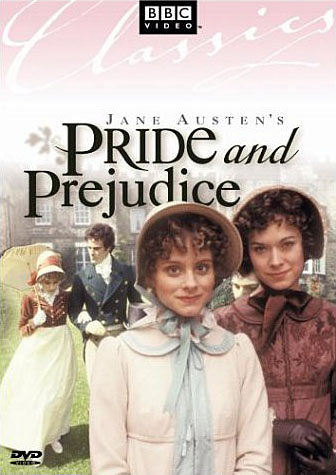

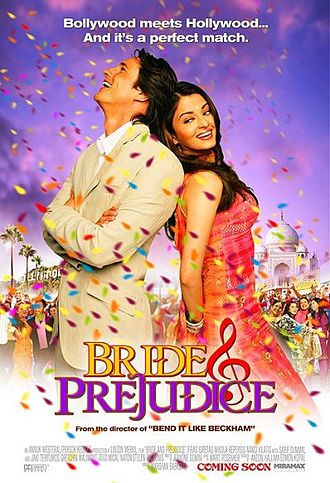
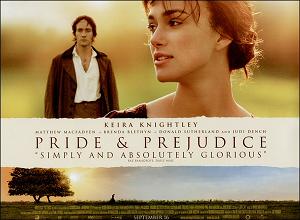
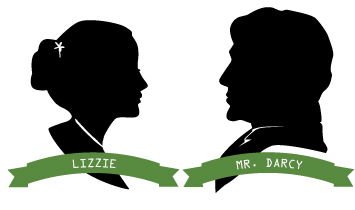
![Jennifer Ehle is beautiful as Elizabeth in the 1995 series [Image courtesy BBC Home.]](https://ritalovestowrite.com/wp-content/uploads/2013/01/lizzie396_396x222.jpg?w=490)

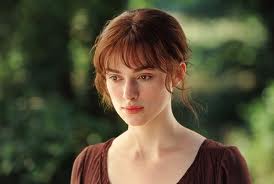


![Colin Firth, the ultimate Darcy, starred in the 1995 series [Image courtesy BBC Home.]](https://ritalovestowrite.com/wp-content/uploads/2013/01/darcy_396_396x222.jpg?w=490)
![Elizabeth Garvey and David Rintoulin in the 1980 BBC series [This one's for Joyce]](https://ritalovestowrite.com/wp-content/uploads/2013/01/elizabeth-bennet-and-mr-darcy-played-by-elizabeth-garvie-and-david-rintoul-in-pride-and-prejudice-1980.jpg?w=343&h=272)
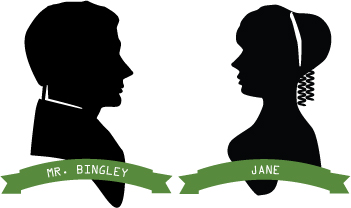


![Crispin Bonham-Carter played Bingley in the 1995 series [Image courtesy BBC Home.]](https://ritalovestowrite.com/wp-content/uploads/2013/01/new_mr_bingley124_124x69.jpg?w=490)




![David Bamber is Mr. Collins in the 1995 series [Image courtesy BBC Home.]](https://ritalovestowrite.com/wp-content/uploads/2013/01/mr_collins_396_396x222.jpg?w=490)



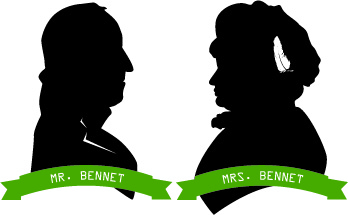
![Benjamin Whitrow played Mr. Bennet in the 1995 series [Image courtesy BBC Home.]](https://ritalovestowrite.com/wp-content/uploads/2013/01/mr_bennet_396_396x222.jpg?w=490)
![Alison Steadman is Mrs. Bennet in the 1995 series [Image courtesy BBC Home.]](https://ritalovestowrite.com/wp-content/uploads/2013/01/mrs_bennet_396_396x222.jpg?w=490)


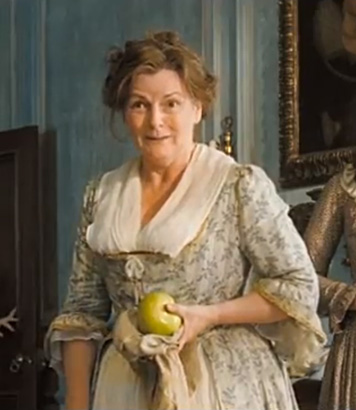

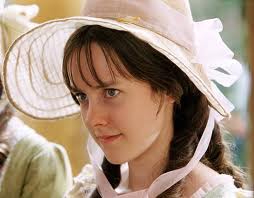
![Julia Sawalha in the 1995 version of Pride and Prejudice [Image courtesy BBC Home]](https://ritalovestowrite.com/wp-content/uploads/2013/01/lydia_396_396x222.jpg?w=300&h=168)
![Mary Kate Wiles embodies the 2012/13 party girl Lydia in the Lizzie Bennet Diaries VLOG [Image courtesy @TheLydiaBennett Twitter page]](https://ritalovestowrite.com/wp-content/uploads/2013/01/lydia-1.jpg?w=300&h=300)



![Rupert Friend in the 2005 Movie [Image courtesy: AustenAuthors.net]](https://ritalovestowrite.com/wp-content/uploads/2013/01/wickham-1.jpg?w=300&h=179)

![Ahhh marital bliss. [Image courtesy BBC]](https://ritalovestowrite.com/wp-content/uploads/2013/01/lydiaandherwickham.jpg?w=300&h=162)


